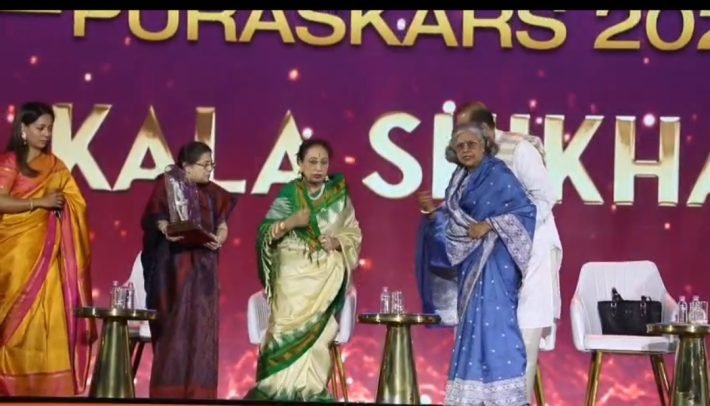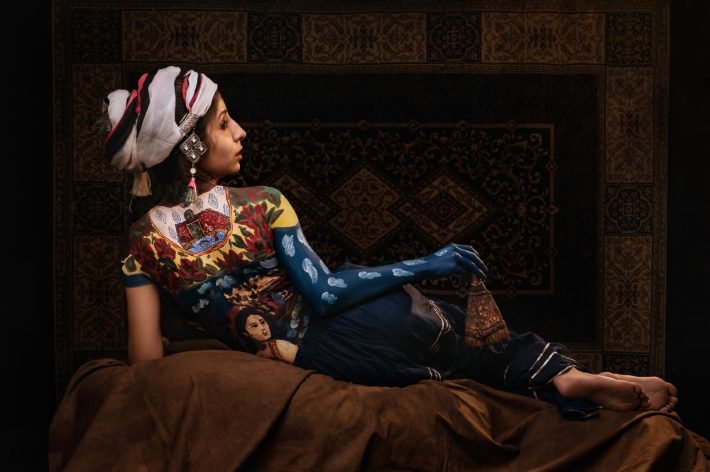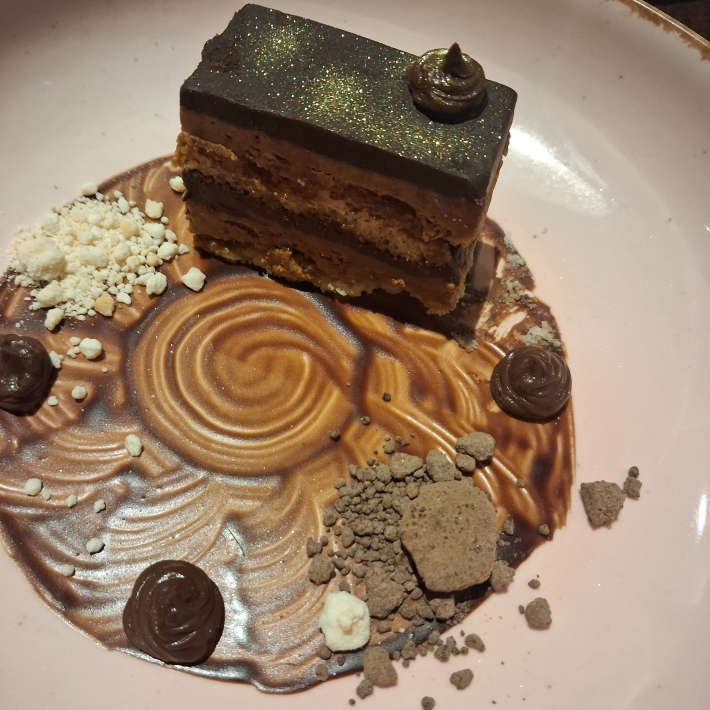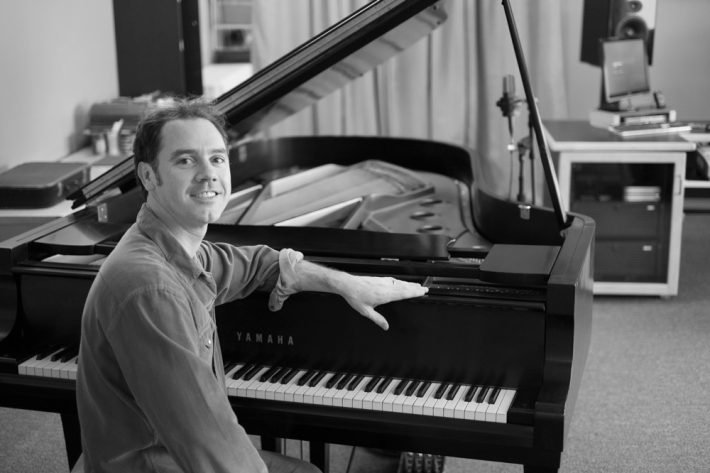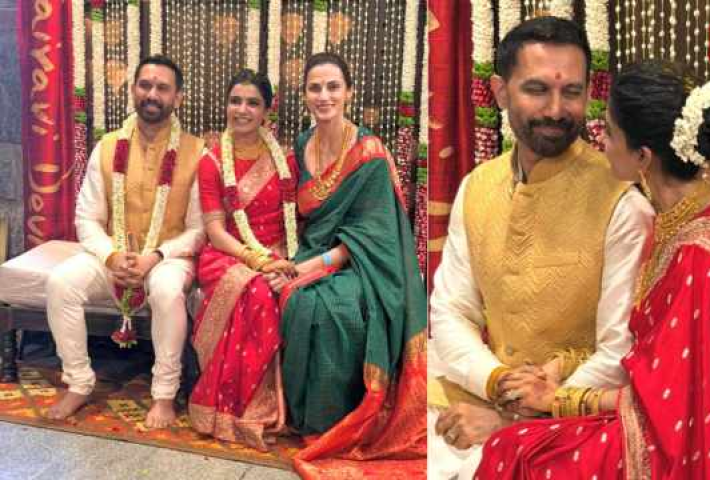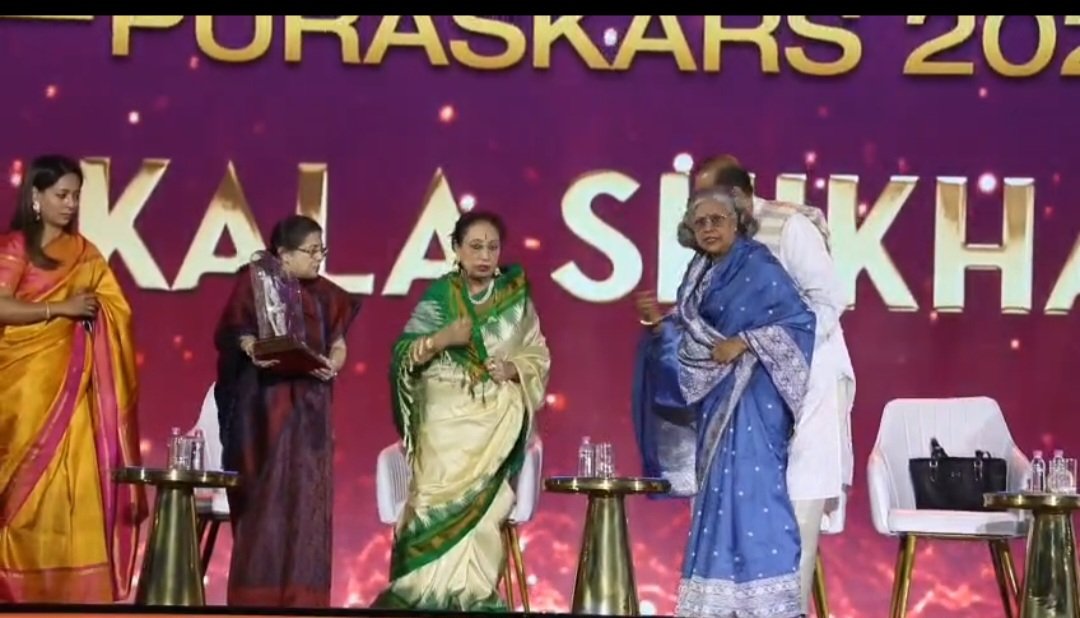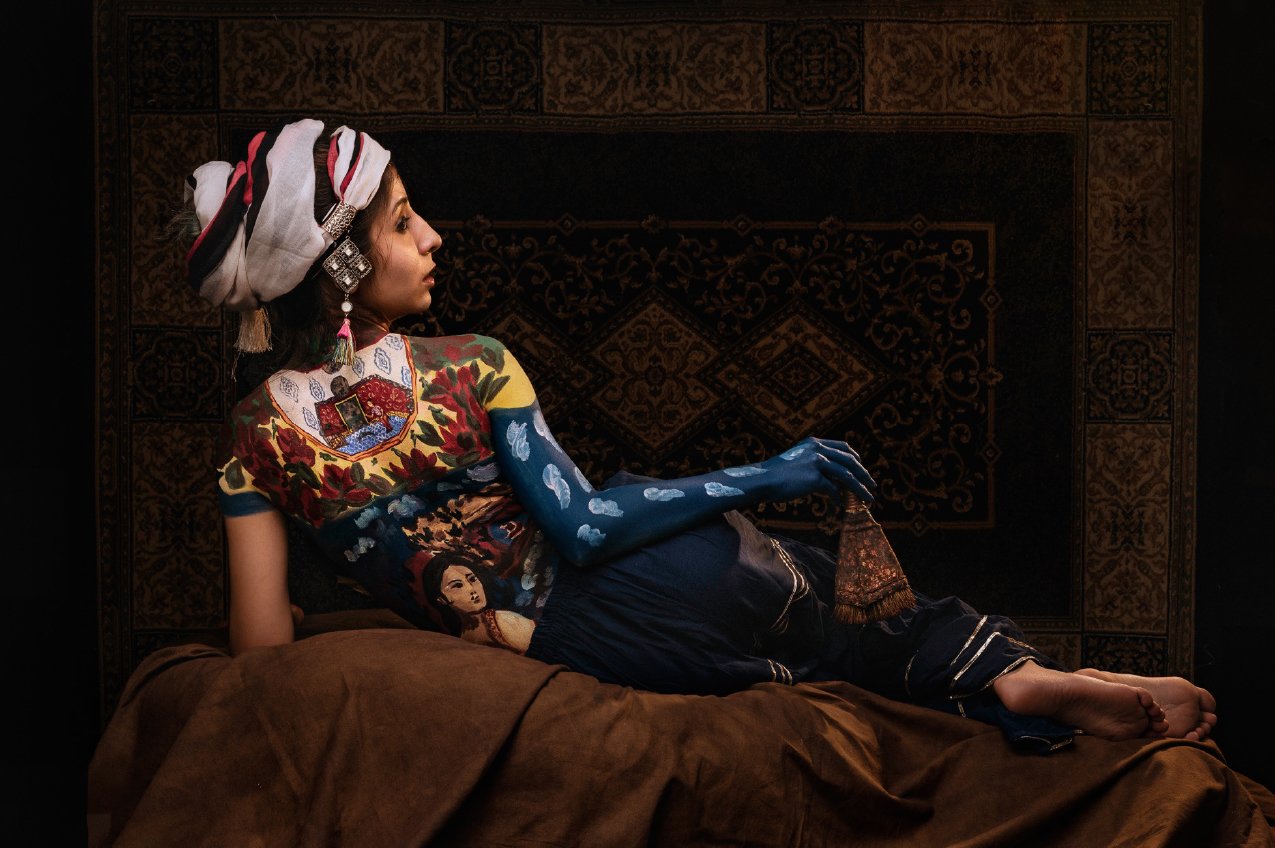The intrinsically talented, artistic and dexterous, Ar. Gagandeep Kapila began her career in New Delhi in the 2000s after graduating with a degree in Architecture from the TVB School of Habitat Studies. She cofounded the firm Workshop for Metropolitan Architecture aka WMA with a dedication to extreme design excellence and sophistication in construction technology.
Ar. Gagandeep Kapila firmly believes, “Simple is more complex” – in the sense that it is always more laborious and time-consuming to work out a solution for a simple and straightforward design than it is for a complex one and requires the most advanced thinking.
She has interwoven the principles of WMA to be a well-renowned multidisciplinary firm known for its expertise in high-end design-oriented projects. From high-end residential spaces and commercial spaces, to boutique retail spaces, architect and interior designer Gagandeep’s portfolio is extensive and diverse. Taking the high road on opulence over minimalism, she endeavours to design classy, suave, and trailblazing spaces. Her passion coupled with her aesthetic sensibility has resonated and marked its way to WMA’s high-end clientele, making their firm a benchmark-setter in the architectural and design industry. Here Ar. Gagandeep Kapila talks to TheGlitz about her life mantra and more.
Over to Ar. Gagandeep Kapila
Your journey has had many momentous milestones. Could you tell us about the life-changing milestones that have moulded you to be what you are today?
My path to becoming an architect and entrepreneur has been filled with significant experiences. Earlier, starting my career in New Delhi after graduation proved pivotal. The exposure to diverse projects and collaborations enriched my design philosophy. It honed my skills and laid the groundwork for the architect and entrepreneur I am today. Establishing the Workshop for Metropolitan Architecture (WMA) in 2012 stands out as another defining moment. This transition from aspiring architect to business leader broadened my perspective on the industry and its landscape.
What are the setbacks you have faced? How did you tackle these setbacks or challenges? And what lesson have you learned from it?
Of course, setbacks are inevitable on any journey. As a first-generation entrepreneur, I faced unique challenges that demanded constant adaptation and a relentless pursuit of opportunities. From making presentations to potential clients to continuously seeking new knowledge, every hurdle became a chance to learn and grow. The biggest takeaway from these experiences is the resilience I’ve cultivated. I learned that setbacks are not roadblocks, but stepping stones towards personal and professional development.
When you look back, what are the three qualities in you that have helped you become what you are today?
Looking back, I believe three key qualities have been instrumental in my success: creativity, resilience, and collaboration. Creativity, the ability to blend imaginative design with technical expertise, has been the foundation of everything I do. Resilience, the ability to persevere through challenges, has been crucial in the ever-evolving field of architecture. Finally, fostering a collaborative work environment at WMA has been essential in realising our shared vision and pushing the boundaries of architectural innovation.
Who are the people who have been the wind behind your wings?
I wouldn’t be where I am today without the support of some key individuals. Ar. Bhuvan Kapila, my work/life partner, has been a constant source of inspiration. His unwavering passion for design excellence and innovative construction practices has been truly transformative. The incredible team at WMA also plays a significant role, contributing their talents and dedication to our collective vision. Beyond the professional realm, my family’s encouragement has provided me with the emotional strength needed to navigate the complexities of entrepreneurship.
Lastly, if there was a quote to define you, what would it be?
“Creativity thrives in constraint.” – this quote captures the essence of my approach to both – architecture and entrepreneurship. I believe that limitations, whether technical or budgetary, can actually be catalysts for innovation. It’s by embracing these constraints and thinking outside the box that we can develop truly ground-breaking solutions. Furthermore, the quote aligns with the challenges I faced as a women entrepreneur. Resource limitations and the need to adapt forced me to be resourceful and creative, ultimately contributing to my growth and success.


